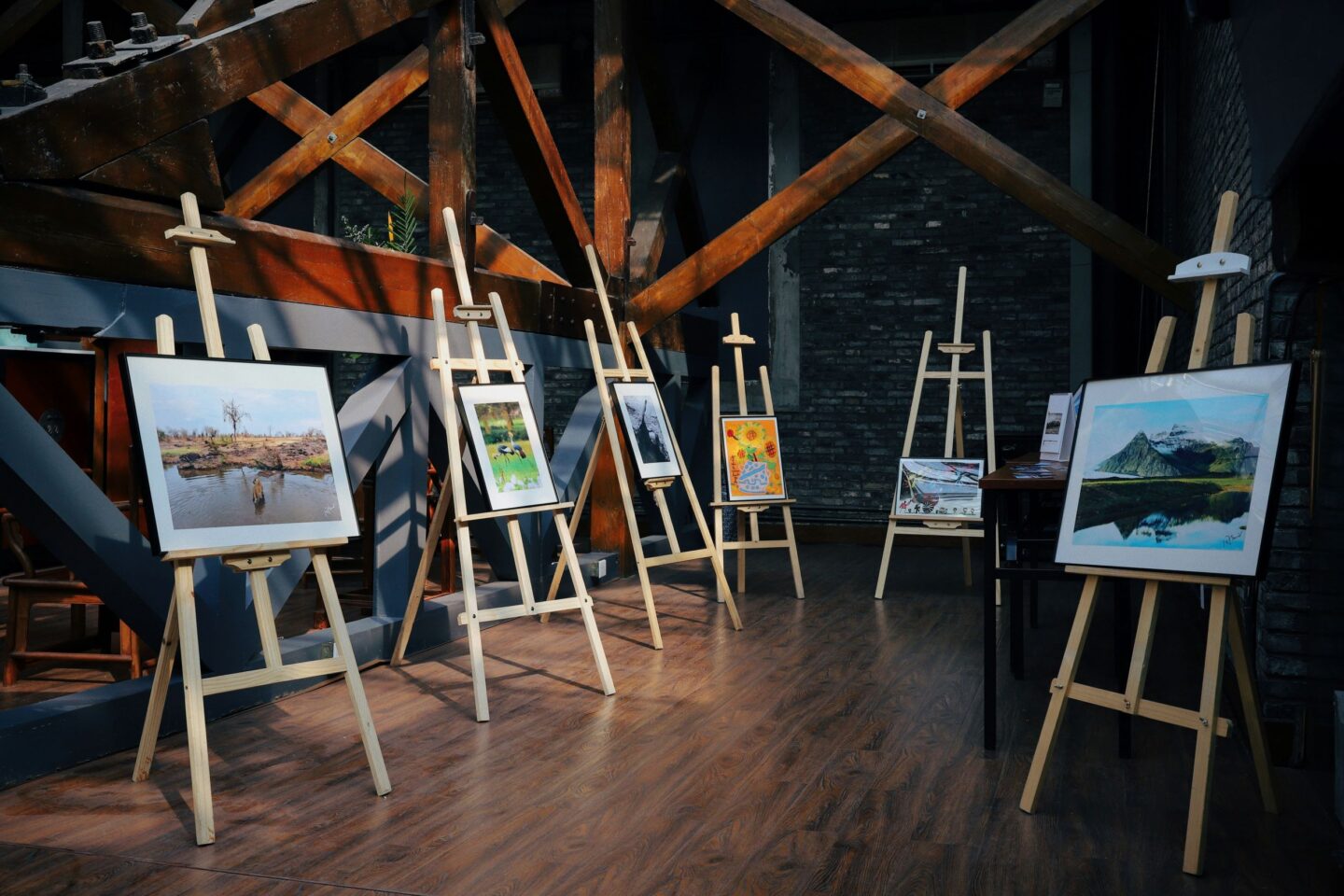
In the vast gallery of art history, Romanticism stands out as a movement where the canvas became a fervent field of emotional expression, harmonised intricately with the grandeur of nature. Read on to learn how Romantic artists used landscapes and emotive imagery to convey profound feelings and ideas, setting their approach apart from other art movements.
The Birth and Essence of Romanticism
Romanticism, burgeoning in the late 18th century, was more than an artistic movement; it was a cultural phenomenon. It emerged as a response to the rationalism of the Enlightenment and the industrial revolution. This period saw artists turning inward for inspiration, using their canvases to express subjective emotions, individual experiences, and deep reverence for nature.
Nature as a Mirror of Emotion
In Romantic art, nature was not just a backdrop; it was a dynamic character, reflecting and amplifying human emotion. Artists like Caspar David Friedrich, J.M.W. Turner, and John Constable portrayed landscapes that went beyond mere scenic beauty. They infused them with mood, atmosphere, and a sense of sublime – that awe-inspiring, often overwhelming, encounter with nature’s power and beauty.
For instance, Friedrich’s “Wanderer above the Sea of Fog” epitomizes this connection. The figure, standing atop a mountain, gazes into a fog-laden landscape. The painting encapsulates a quintessential Romantic theme – man’s contemplation of nature, simultaneously dwarfed and uplifted by its vastness.
Emotion: The Driving Force
Romantic artists used color, brushwork, and composition to evoke a spectrum of feelings – from the tranquility in Constable’s pastoral scenes to the turbulent passions in Delacroix’s dramatic compositions. This emphasis on emotion marked a departure from the restrained emotional expression of previous art movements like Neoclassicism, where reason and order prevailed.
Contrasting with Other Movements
The distinction of Romanticism becomes more pronounced when contrasted with other art movements. For instance, the Realists that followed focused on depicting everyday life with a certain detachment, starkly different from the emotive landscapes of Romanticism. Similarly, the Impressionists, though they broke from traditional techniques, were more concerned with light and momentary impressions than the deep emotional and philosophical explorations characteristic of Romantic art.
Romanticism and American Art
In the context of American art, Romanticism took a unique turn. American Romanticism paintings often portrayed the vast, unexplored landscapes of the New World. Artists like Albert Bierstadt and Thomas Cole captured the awe-inspiring aspects of American wilderness, embodying both a sense of optimism and the sublime qualities typical of European Romanticism. Their works not only celebrated the beauty of the American landscape but also reflected the burgeoning national identity and the complex emotions tied to the expansion and settlement of new territories.
Reproductions: Keeping the Spirit Alive
In our contemporary world, the spirit of Romanticism is kept alive through high-quality reproductions of these masterpieces. These reproductions allow art enthusiasts to own a piece of this emotionally charged era. Reproductions of American Romanticism paintings, for example, offer a tangible connection to a time when art was a window to the soul, reflecting mankind’s deep-seated connection with nature. They serve not only as decorative pieces but also as educational tools, helping to spread appreciation and understanding of Romantic art’s significance.
The Enduring Legacy
The legacy of Romanticism in art is its testament to the power of emotion and nature in human experience. This movement reminds us of the depth and complexity of our interaction with the world around us. It encourages contemporary artists and art lovers to look beyond the surface, to explore the profound emotional landscapes within and without.
In conclusion, Romanticism was not just a movement; it was a revolution of the soul, an artistic endeavor that sought to bridge the chasm between man and nature, emotion and expression. Its influence continues to resonate, inspiring new generations to explore the depths of human experience through the prism of art.
Post in collaboration